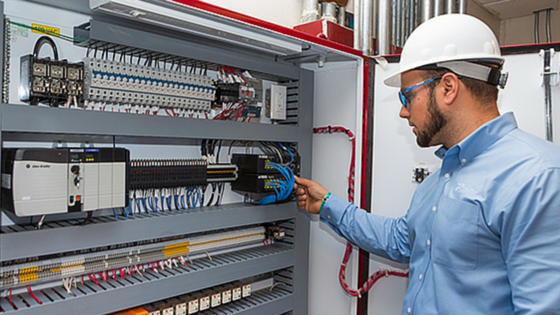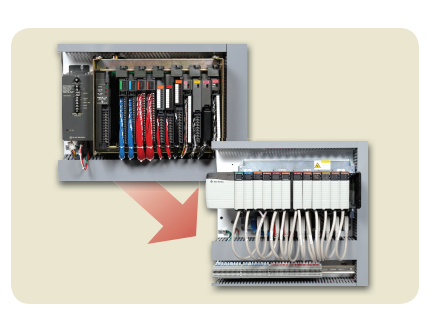5 Common Oversights in Industrial Refrigeration Compressor Maintenance (and How to Combat Them)
Compressors play a vital role in industrial refrigeration systems, serving as indispensable components. As time passes, both compressors and their bearings undergo degradation, posing a potential threat of facility downtime and consequent negative impact on your financial performance. To guarantee the consistent and efficient operation of this equipment, the implementation of a rigorous maintenance program becomes imperative.
Staying on top (or even ahead) of maintenance will prolong the compressor’s life and avoid a shutdown. In fact, 82% of manufacturing companies have experienced unplanned downtime, costing as much as $260,000 an hour, according to one study.
Continue Reading “5 Common Oversights in Industrial Refrigeration Compressor Maintenance (and How to Combat Them)”


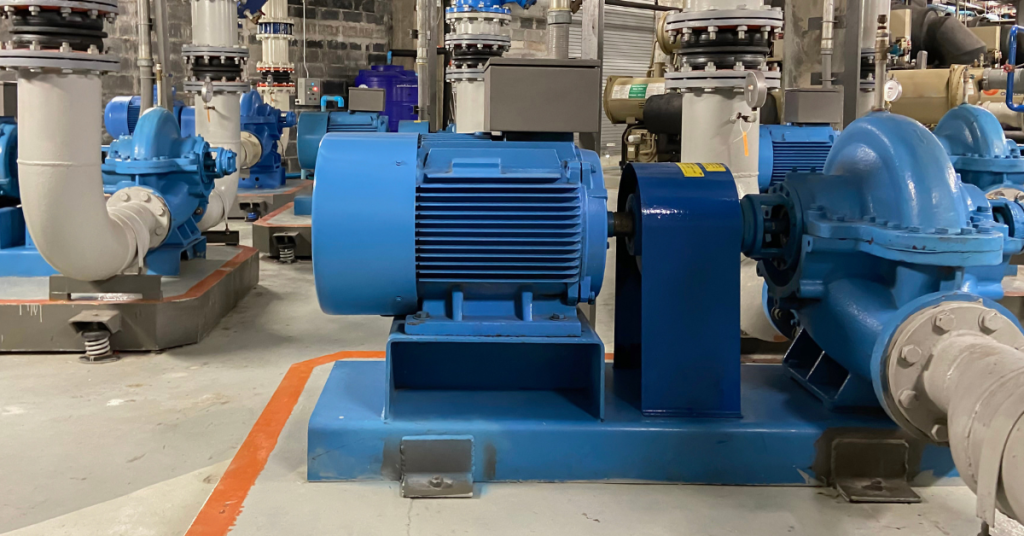
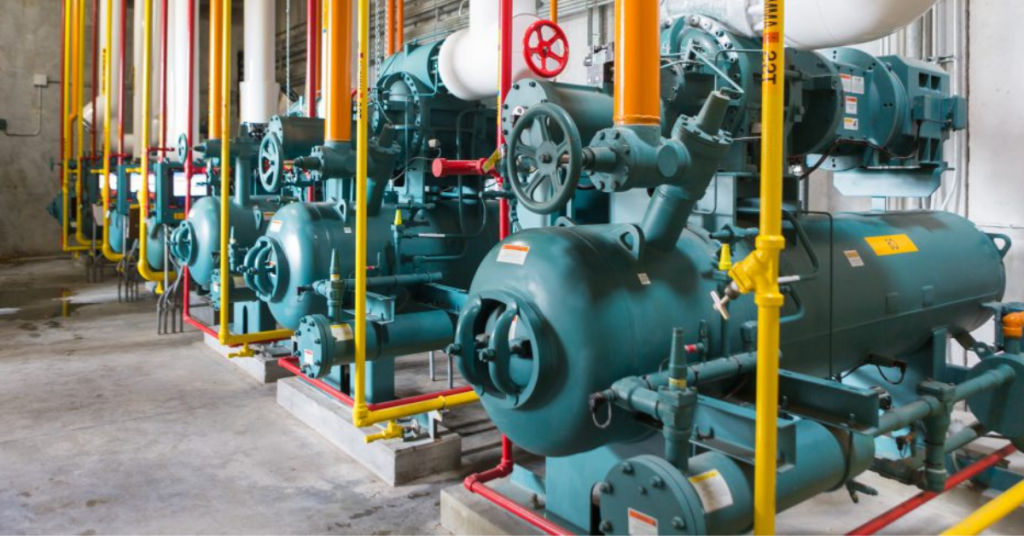
![How Stellar Services Industrial Refrigeration Compressors [VIDEO]](https://stellarfoodforthought.net/wp-content/uploads/2019/12/How-We-Service-Industrial-Refrigeration-Compressors-VIDEO.png)
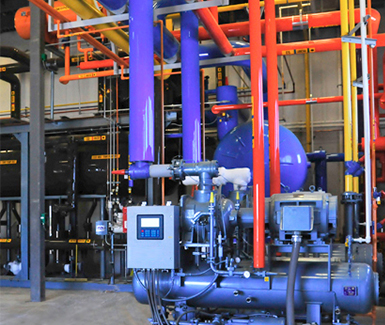

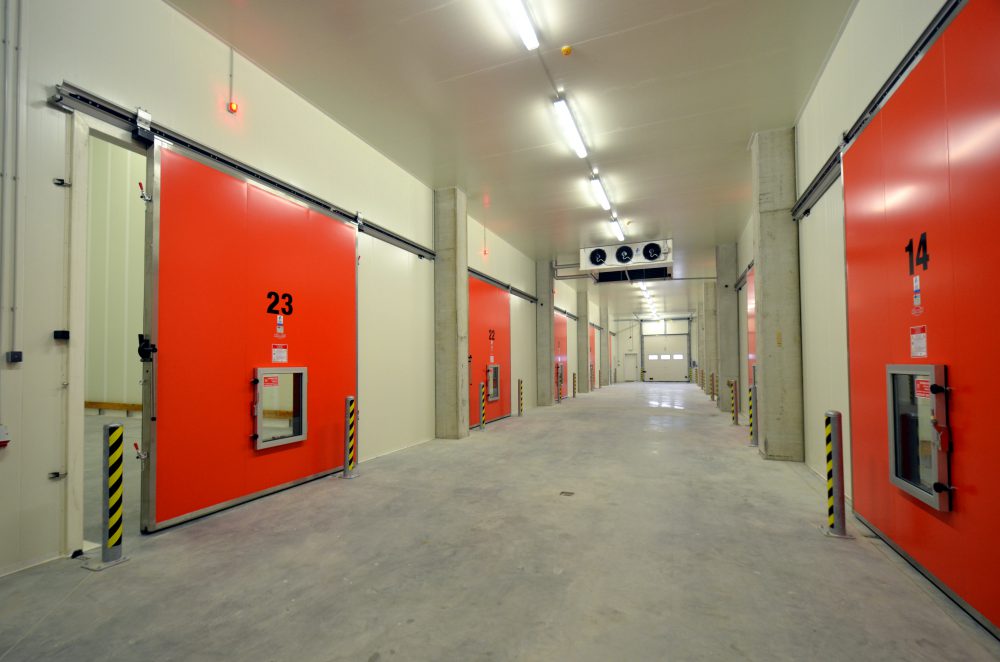
![[Infographic] Installing Packaged Refrigeration vs. Traditional Systems](https://stellarfoodforthought.net/wp-content/uploads/2018/02/Packaged-refrigeration.png)

